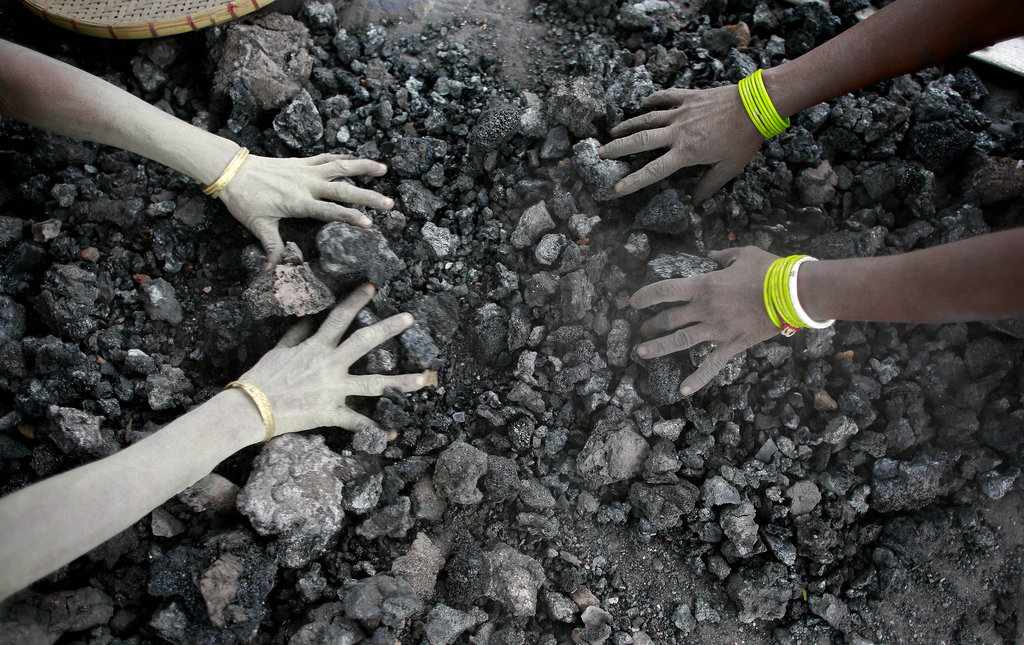The European Union has championed green energies, but other countries are focused on economic growth, reports Salon24.
According to data from the European Statistical Office, hard coal consumption in the EU had already fallen in the 1990s and had remained stable at 300 million tons since 1999. Another decline to 250 million tons occurred in 2008-2009, and an even greater drop of 128 million tons came with the Covid-19 pandemic. In 2018-2023, the decline in consumption was 42 percent for hard coal and 40 percent for lignite.
Total coal consumption in the EU in 2023 amounted to 351 million tons, 23 percent lower than in the previous year.
Hard coal production and extraction in the EU has also fallen, from 277 million tons in 1990 to only 50 million tons 33 years later, a drop of 82 percent. In 1990, hard coal production met 71 percent of consumption, and in 2023 only 39 percent. Of the 13 EU member states producing hard coal in the early 1990s, only Poland and the Czech Republic remained in 2023. With 48 million tons, Poland was responsible for 97 percent of EU production of the raw material.
Compared to 2012, hard coal production in Poland decreased by 39 percent and by 88 percent in the Czech Republic. In 2023, Poland was responsible for 42 percent. hard coal consumption, with Germany in second place at 23 percent, followed by Italy, France, the Netherlands, the Czech Republic and Spain – all with consumption of 3-6 percent.
Meanwhile, other countries are taking a very different approach, especially as they race to meet growing energy needs and seek ways to achieve higher economic output.
Chinese authorities issued a permit in 2023 for the construction of coal-fired power plants with a total capacity of 114 GW, 10 percent more than a year earlier. In addition, Chinese state-owned companies plan to build 140 coal-fired power plants outside the country, per the “Belt and Road Initiative,” which is expected to cost $1 trillion.
India is under pressure to produce more electricity and is thus bringing on board the most new coal-fired power plants in nearly a decade this year. Coal-fired power capacity is expected to increase by 15.4 GW in the fiscal year ending March 2025, the biggest increase in nine years.
India also has ambitious clean energy goals, reports Salon24, but rapid economic growth has prolonged the country’s dependence on coal. The situation is being exacerbated by a worsening heatwave that is pushing electricity use to record levels year over year. Coal now accounts for three-quarters of the country’s electricity generation, and the government expects it to remain the main fuel for at least another decade.
Although India has managed to increase its renewable capacity by more than 100 GW over the past decade, the expansion of renewable sources is hampered by insufficient electricity storage capacity.
Battery storage is still out of reach in India’s competitive electricity market, and most pumped-storage projects, an alternative storage technology, are still in their infancy. Other low-emission options include large dams and nuclear power plants, but they, too, are slow to develop.
India said last year it plans to add nearly 90 GW of coal-fired power capacity by 2030. Currently, 28.5 GW of coal-fired power plants are under construction, and sources say another 50 GW of coal-fired power plants are expected to be commissioned in the next three years.






